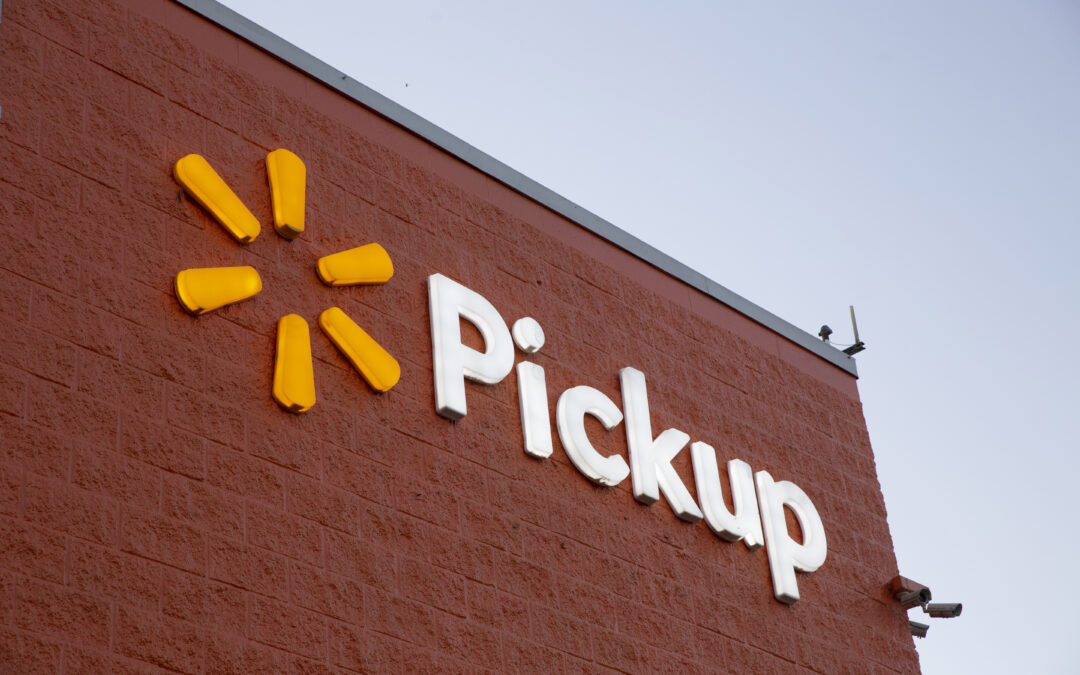Retail and grocery might feel like the wild west these days. Shoppers scour the aisles for toilet paper, hand sanitizer, and household cleaning products. Customers book coveted time slots for pickup and delivery as soon as they appear. Restaurants sell groceries to locals.
Shopping behavior has changed, and there will likely be lasting effects. In our last blog, we mentioned how grocery app adoption has accelerated. Now, it’s time to take a deep dive into what’s happening now and how Walmart is faring.
How Shopper Behavior has Changed
The pandemic has forced consumers to spend more time at home than usual, meaning there’s a surge in demand for groceries as families have started cooking more at home. Of course, there’s also a looming fear over out-of-stocks. Household staples seem to disappear as soon as retailers restock the shelves.
Nielsen reported an $8.5 billion surge in CPG sales in the U.S. for the two weeks following the declaration of a national emergency. For context, they added, “that’s 15x the average rate of change for a typical two-week period.” In the same two weeks, 35% more people shopped online for CPG items compared to a typical week. And that was just the beginning.
Grocery apps have experienced staggering leaps. This should come as no surprise. Delivery and pickup are attractive services when trying to maintain that social distance. During the week of March 29 to April 4, shopping app downloads hit 14.4 million in the U.S. and 106 million globally.
What App Adoption Means for Walmart
Walmart’s grocery app grabbed the number one rank across all shopping apps on April 5. And not by a small margin. They surpassed Amazon by 20% according to an analysis by App Annie.
Before social distancing and stay-at-home orders ever went into effect, Walmart announced plans to add the Walmart Grocery app to its flagship Walmart app. They planned to release the updated app in phases and wind down the grocery app this summer. But there is speculation that the 460% growth jump (compared to January 2020) might slow this transition down.
For now, Walmart is staying the course. Undoubtedly, they have many new app users who have never tried pickup or delivery services before. The high demand for these services has created challenges. So, that begs the question, how has Walmart pivoted to meet this influx of app adopters?
How Walmart is Handling the Surge in App Users
Walmart is moving fast to solve the problems that come with the increase in app downloads. These measures include ensuring that stores have the infrastructure needed to meet the demand, driving awareness of app features, and educating the influx of new users.
At the stores that do offer pickup, parking spots and tech dedicated to this service are limited. This has made time slots coveted, disappearing almost as soon as they are made available. To help address this, Walmart is adding 500 pickup towers and additional parking spots designated for pickup.
If you’ve been keeping an eye on the website and app, you might have noticed the adjustments Walmart is making to user experience. For example, when you go to the website for Walmart Grocery, it now has a message for new users with instructions on how to get started.

It’s important to note that it’s not just pickup and delivery driving app adoption.
For customers shopping in-store, the Walmart app includes features to make contact-free shopping possible. But it’s more than just shopping. The app covers pharmacy, money services, and reordering. While this functionality isn’t new, it has become vital for customers and associates in the wake of social distancing. Walmart is working hard to educate customers about everything they can do with the apps.
Key Takeaway
Before the pandemic, Walmart app adoption was on the rise. The public health crisis has only accelerated the trend. To keep up with demand, Walmart is racing to educate new and old users on how to utilize app features for the safest shopping experiences possible. They’re also making changes in-store.
It’s reasonable to predict that many of these new app users will continue utilizing these features for convenience and efficiency well into the future. Walmart sellers should brace for both short term and long term changes in shopping behavior. In our next two blogs, we’ll dig in deeper to help you make the shift.
As always, we’re here to answer questions. Reach out to us here

